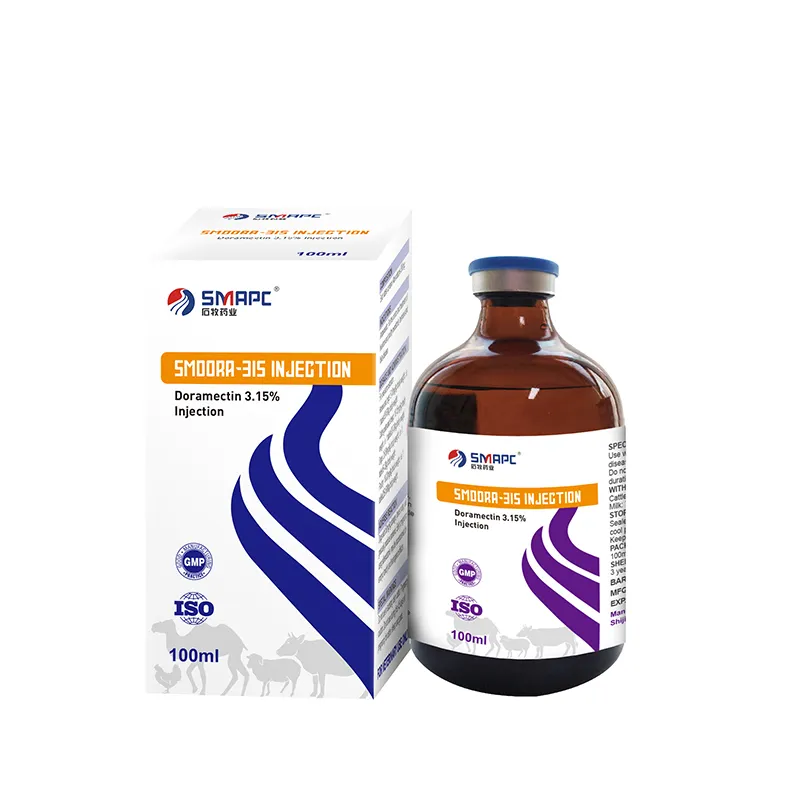Calming a hyper dog requires a multifaceted approach that may include exercise, training, and, in some cases, medication. When considering medicines to help manage hyperactivity, the safety and well-being of your pet should always be the top priority. Consult with your veterinarian for personalized recommendations and to develop a comprehensive plan that suits your dog's specific needs. With the right support, you can help your dog find a healthy balance between energy and calm.






